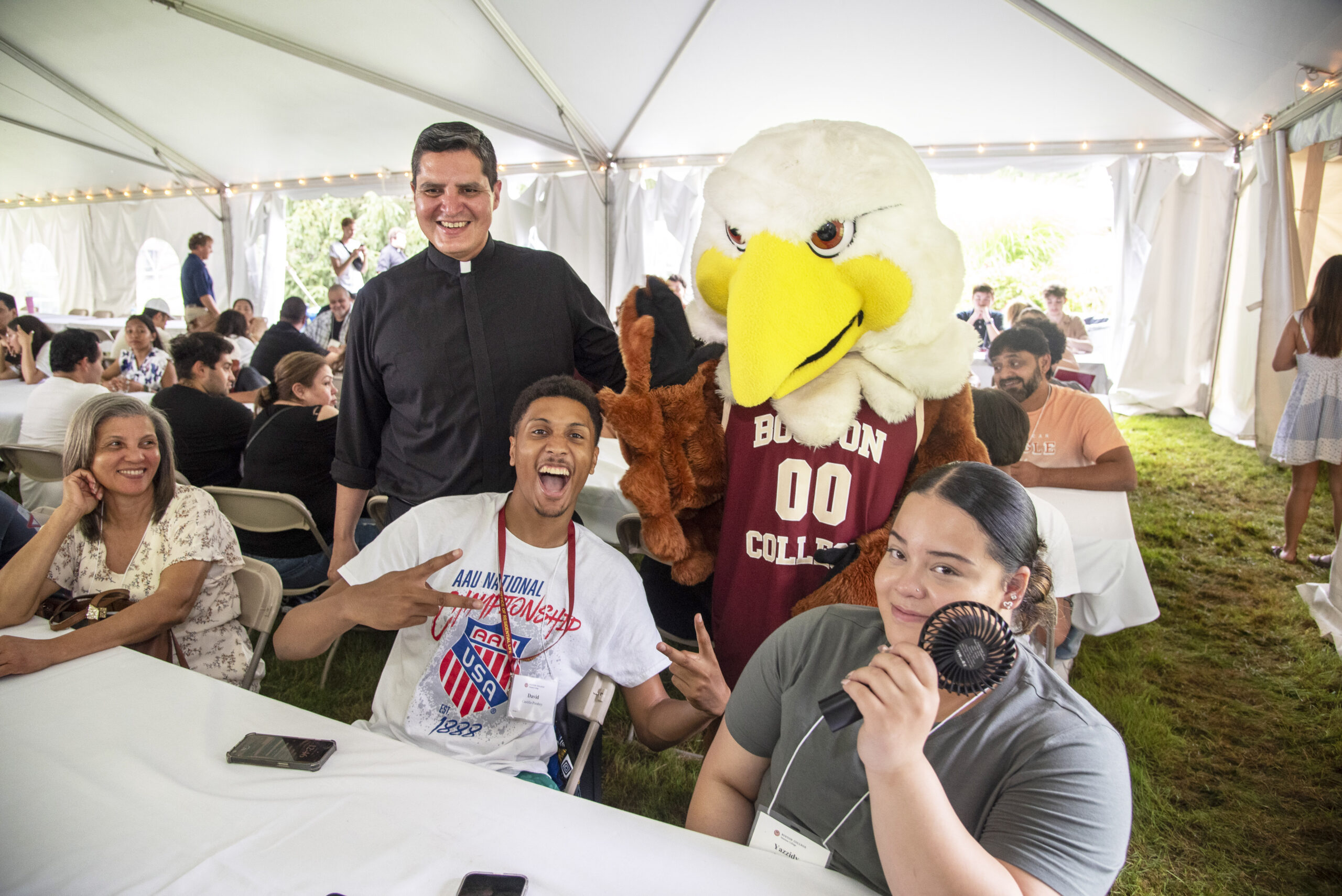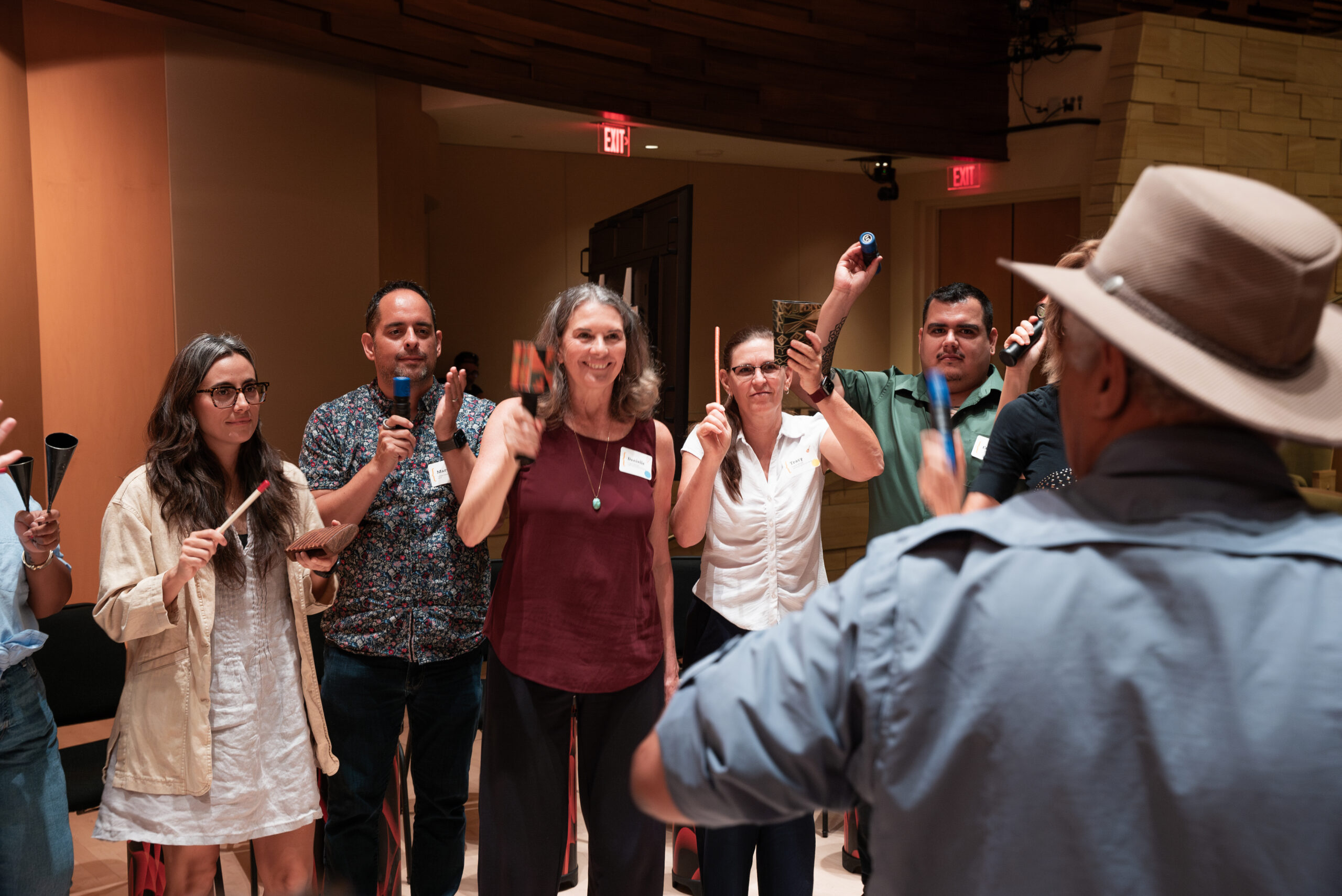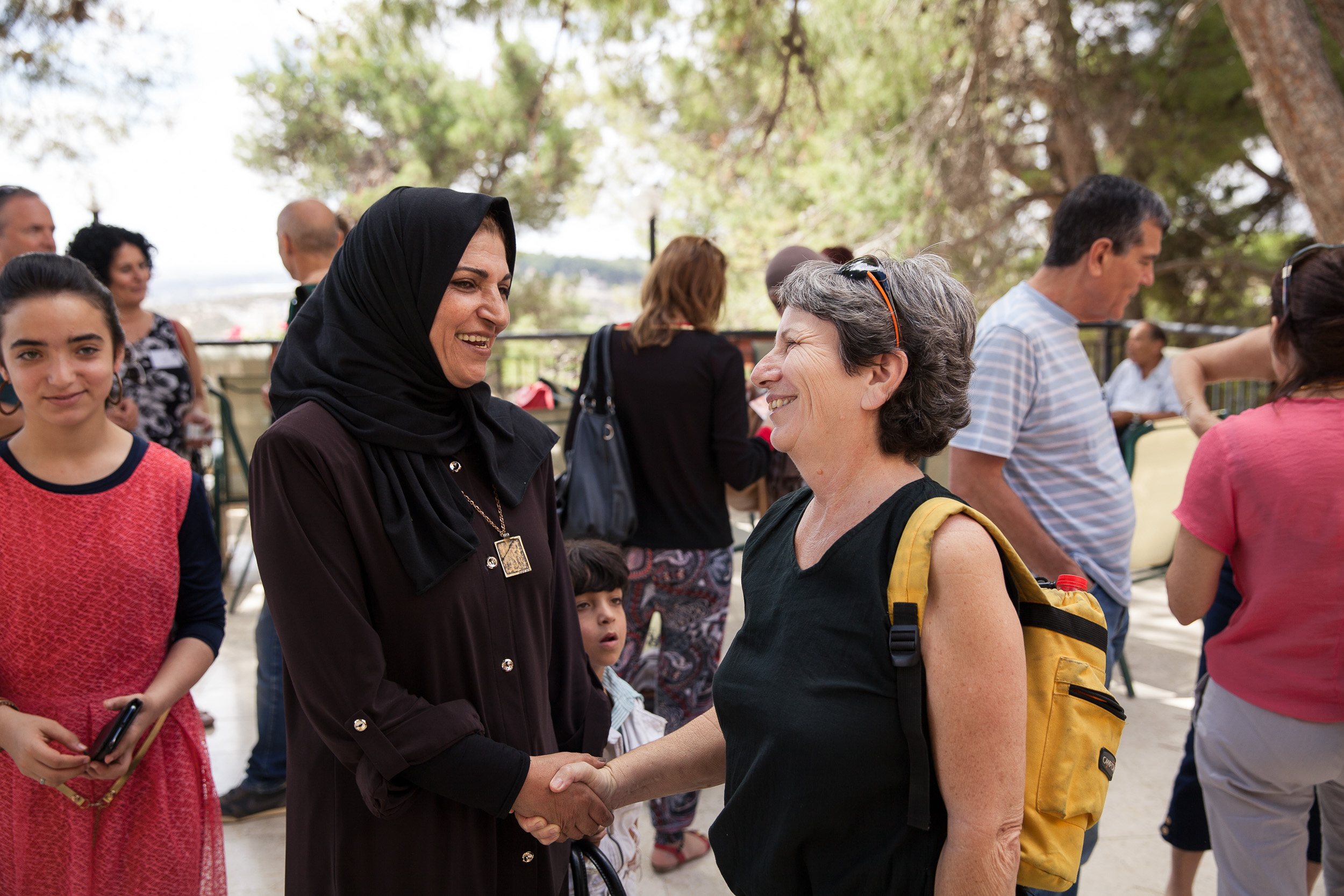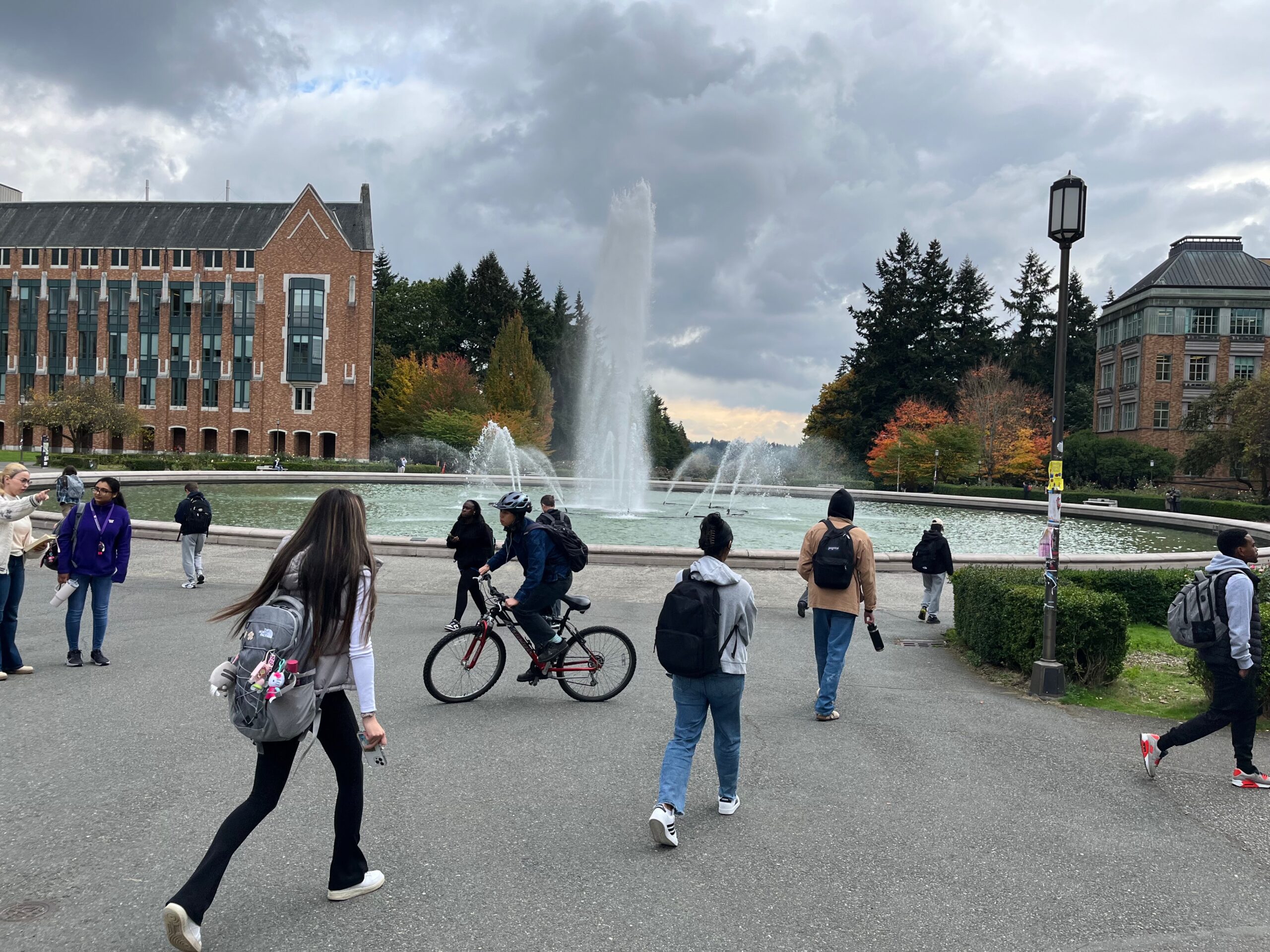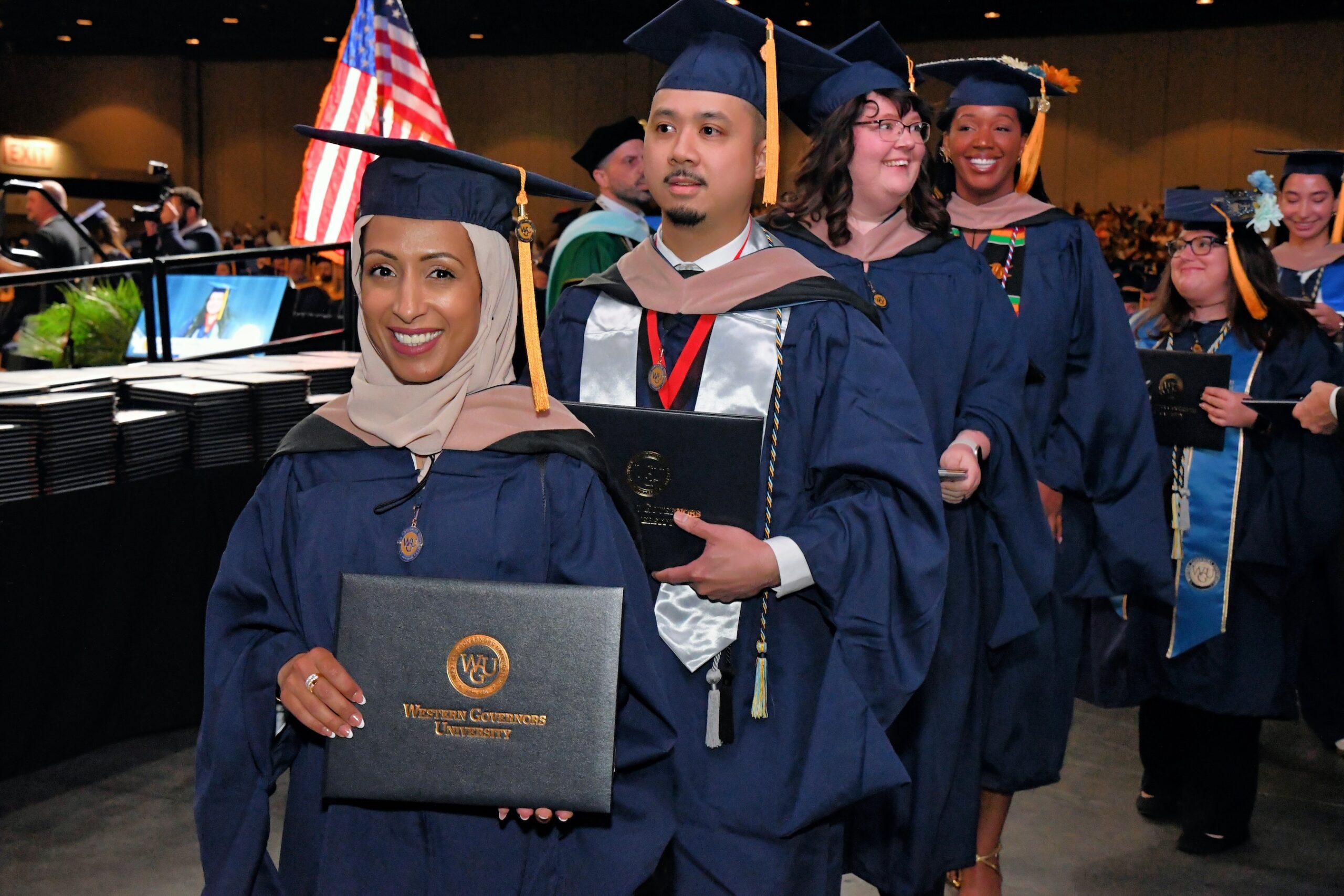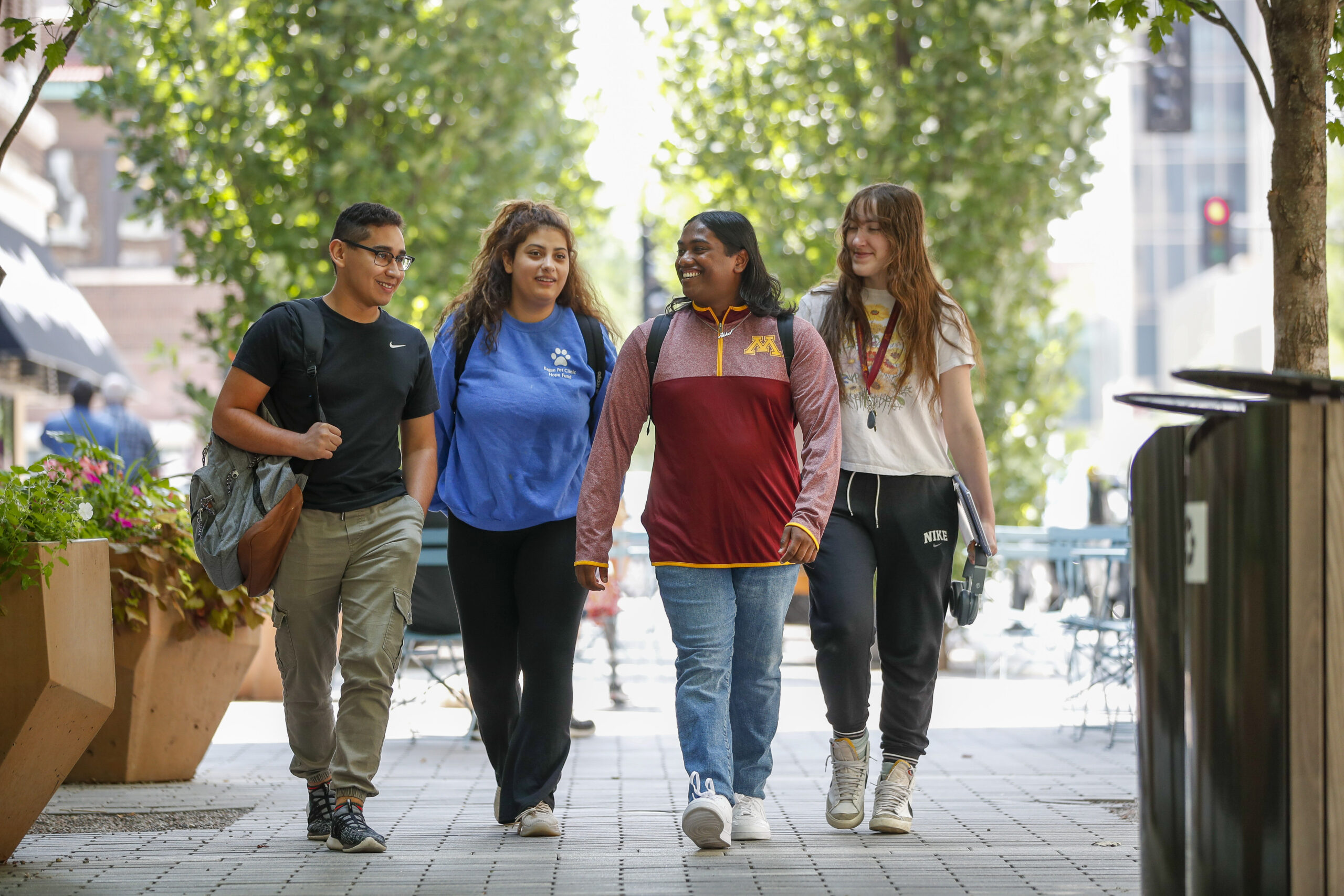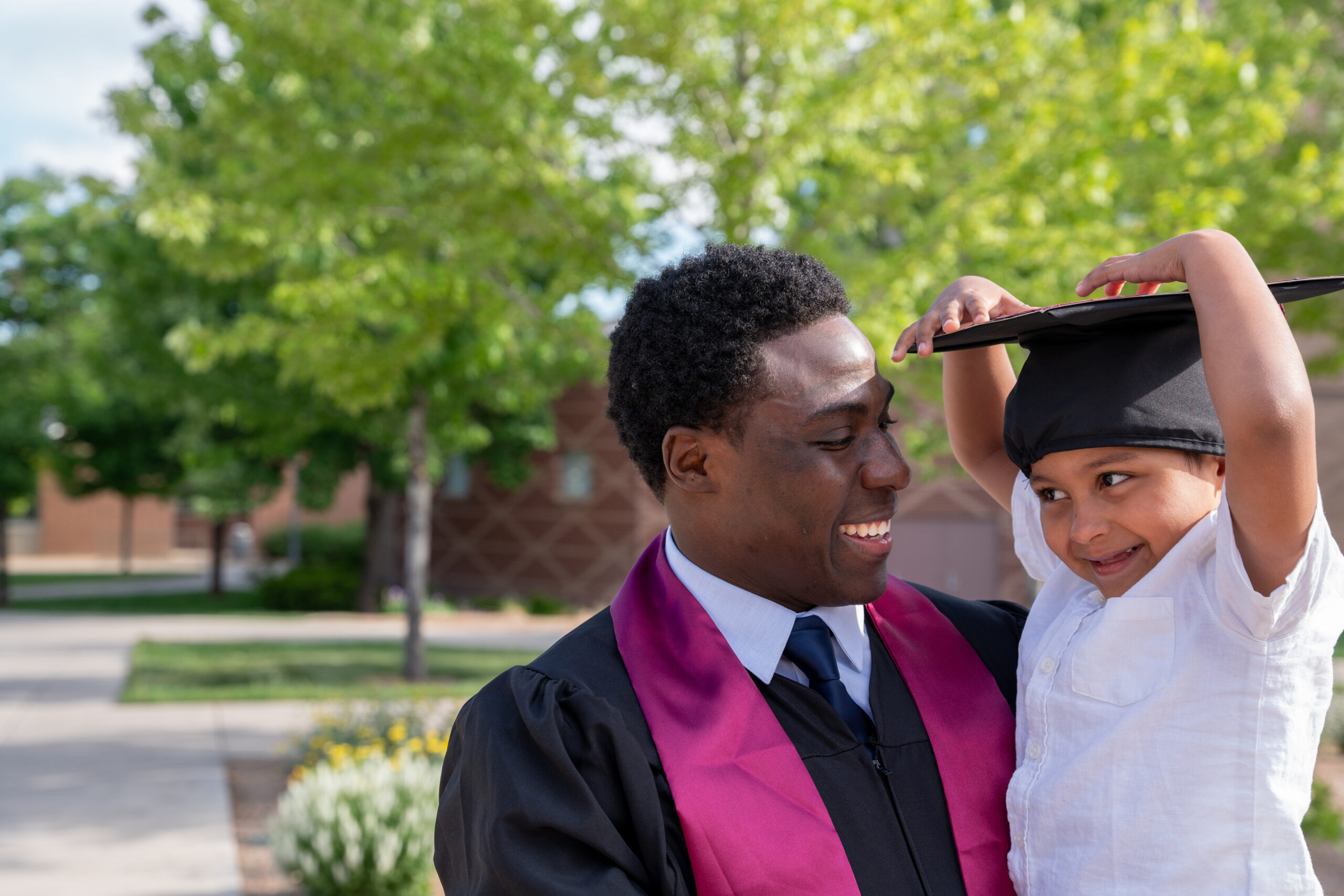Maaz Shaikh spent the summer before 11th grade at football camps, among college scouts, chasing hopes of a Division I career. Just a few weeks later, the wide receiver’s first ACL tear pushed his personal endzone, dreams of recruitment, down the field. When his senior season came and he underperformed, then tore his other ACL, he knew the clock had run out.
Shaikh’s plans for college needed to change, or so he thought. Growing up in Cambridge, Mass., he had his eye on nearby Boston College (BC) but would have relied on an athletic scholarship to open those doors. “I really wanted to go, but we weren’t financially stable enough to afford a college with that high of a tuition,” Shaikh said.
Then his guidance counselor told him about Messina College, the two-year associate degree program at BC that would be welcoming its inaugural class in July 2024, shortly after Shaikh graduated from Cambridge Rindge and Latin School. Messina is BC’s ninth and newest college, created specifically for students like Shaikh from first-generation and low-income backgrounds. It offered him the financial aid he needed, along with the opportunity to transfer to a four-year bachelor’s program at BC afterward—no reapplying necessary—if he maintained a 3.4 GPA or higher.
As one of its first 100 students, Shaikh joins Messina in uncharted territory. While BC isn’t the first four-year university to offer an associate degree program, it is one of the most selective colleges to do so. Messina is also fully residential. With the will and the wealth, BC is able to invest in high-need students and their success in a way other low-cost, two-year undergraduate programs can’t afford. By the same token, its leaders are navigating challenges they can’t always predict with little by way of example.
The groundwork for Messina began in 2020, when BC merged with Pine Manor, a private four-year college in Brookline, Mass. that served mostly local first-gen and low-income students. Four years later, and located on the Brookline campus, Messina is following in the tradition of Pine Manor, as well as BC, whose Jesuit founders helped educate Boston’s immigrants, most of whom were Irish Catholic.
Fr. Erick Berrelleza, the founding Dean of Messina, said “human formation” is the mission that unites his college and BC as a whole. In the admissions process, BC recruits promising students perhaps short of qualifying for especially elite universities and standing to benefit most from Messina’s aid. All who finish the two years receive an associate degree from BC. Some will move onto a bachelor’s program. Others have the chance to get a feel for the undergraduate experience but may choose to move straight into their careers.
To fund tuition, Messina relies on federal and state aid but primarily BC’s contribution, including around $40,000 per student. (BC also put $35 million towards capital expenses to launch Messina.) This support distinguishes Messina from other associate programs, like traditional community colleges. Dr. Larry Galizio, President of the Community Colleges League of California, said there are constant funding issues within the system. Despite having the most low-income students, Galizio said, community colleges in California receive the least funding per student of any education sector in the state. “So it’s just like the United States, where the people who have the most get the most.”
Messina tries to flip that theory. Through a mix of grants, loans, and work-study opportunities, the financial aid office meets 100 percent of demonstrated need. The same goes for BC’s four-year programs, although tuition there is nearly $70,000 per year, compared to Messina’s $30,000 (not including room and board). Those at Messina with the greatest need take out a maximum $2,000 loan. Everyone receives a free laptop and coverage for textbooks. If students end up transferring into a four-year program at BC, it will continue to meet their full need.
One condition to attend Messina is participation in summer courses. While building the residential community early on, this session gets students ahead on the 20 courses they need to take to graduate. Fewer classes during subsequent semesters help limit academic stress and offer more time for other activities amid the transition to college life.
Providing housing for all Messina students reflects BC’s core mission to teach to the whole student. “I think [formative education] happens in a residential environment,” Berrelleza said. Living on campus, students can get to know each other and staff and faculty in a way designed to identify anyone who may be struggling.
“It’s a big family,” said Maaz Shaikh, whose high school class was five times the size of his college one. “If I need help, I can reach out to whoever, and they would obviously help me.” He mentioned relationships with not only students but the student life administrators, dining staff, and janitors. Because the class size is capped at 100 students, there is little room to fall through the cracks.
If anything, Shaikh has had a “challenge with getting too much support,” he said, only half joking. Every time he passes the tutoring center, the director of student success checks in about how things are going for him. When Shaikh decided to change his major at the end of the first semester, he was able to set up a meeting and shift his entire schedule just days before the spring term.
He’s also been attending a weekly mentoring group and a similar forum called “Soul Circle,” run by his resident minister. In both settings, students share their issues, whether they are school-related or not. “I would say coming into college, I didn’t really believe in that—that talking about my problems will make them ease off. But I would say I was completely wrong about it,” Shaikh said.
“In some ways, the least important part is the academic stuff,” Berrelleza said. “Even though they’re doing that, and there’s a tutoring center here… the most important work is just making sure we’re responding to them and their needs as people.”
Yet the shared identity that bonds students at Messina’s Brookline campus can also be the barrier to feeling connected to BC’s main campus, a few miles away in Chestnut Hill, Mass. “It’s a really good thing that all of us are first-gen because we all share the same goal of—I think of it as creating a legacy—of trying something new and helping out our families,” Shaikh said. “I would say that is the number one thing that motivates us all and brings us all together. Whereas if I go to Boston College and I just see a bunch of white people around me, it’s different. It’s not the same.”
“It’s a really good thing that all of us are first-gen because we all share the same goal of—I think of it as creating a legacy—of trying something new and helping out our families.”
Students interested in transferring into a four-year bachelor’s at BC take a course on the Chestnut Hill campus during their second year. On the pre-med track, Shaikh is already attending class there. “It is very different when I go there. But I would say I don’t get treated differently,” Shaikh said, adding that he’s “not a very picky person.” He also participates in a number of clubs in Chestnut Hill, including as Messina representative for the Undergraduate Government of Boston College and first-year representative for the Muslim Student Association.
All Messina students can engage in the spaces and extracurriculars in Chestnut Hill, except Division I sports, but some are more hesitant than Shaikh to do so. “For me, it’s easy to say, ‘Oh, we’re the same.’ But I know some people on our campus usually either go home or stay at Messina [as opposed to visiting Chestnut Hill].” Because of his position in student government, Shaikh finds his fellow students approach him with their concerns about, in his words, “being this standalone campus that’s mostly students of color.”
Other issues at Messina have been more logistical and easier to address. Early on, when Shaikh and his Muslim peers found they needed more room for prayer, Messina allocated a space. For next year, there are plans to address the lack of air conditioning during summer classes and add another shuttle to Chestnut Hill to accommodate the second and incoming class.
At this point, Berrelleza is focused on improving the existing Messina program, not growing it. Meanwhile, he’s taking calls from universities interested in implementing their own Messina-like work. Berrelleza encourages the effort but stresses the importance of replicating the residential element. “It’s an investment. It’s added resources to house and feed the students here, but I think it makes a world of difference for the type of education you can provide them.”
“It’s an investment. It’s added resources to house and feed the students here, but I think it makes a world of difference for the type of education you can provide them.”
As for Shaikh, who’s already started building a foundation in Chestnut Hill, his potential transfer to BC still presents questions. He wonders how his community at Messina, and the even smaller subset of students within it who want to pursue a bachelor’s at BC, will change, merge, or perhaps dissolve into a much larger campus. “Will I still be friends with the people that I’m not too close to over here? Or will I become closer friends with them because I know them more than everyone else?” he asked aloud.
“We’ll see.”
